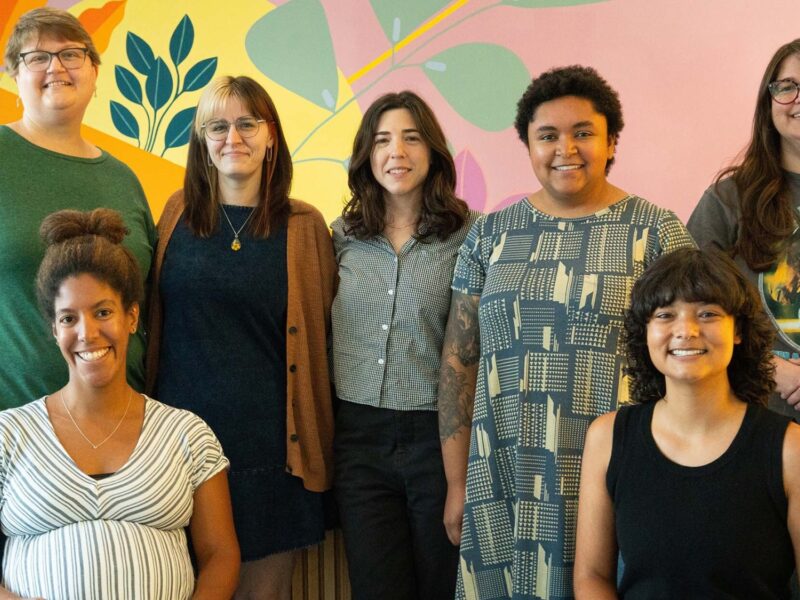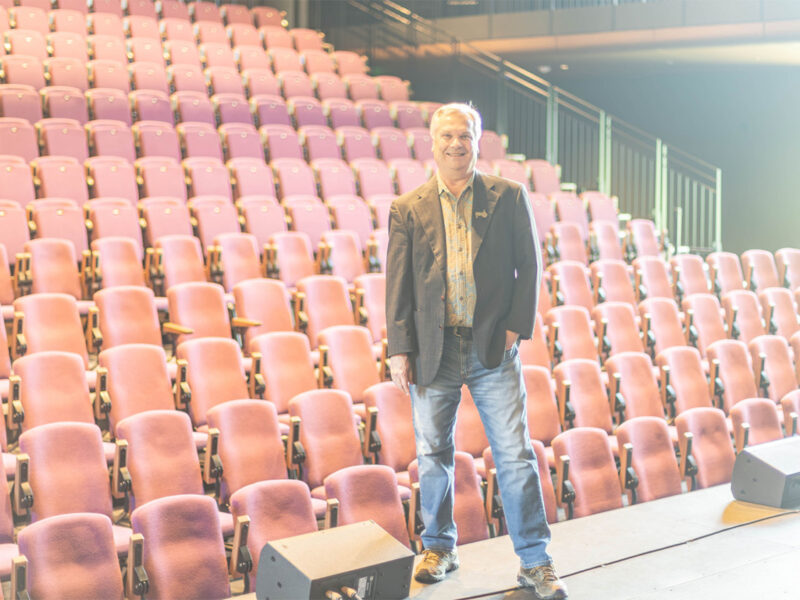Here's how to talk to donors about giving during times of uncertainty.
The past few years have presented unique challenges for fundraisers.
Your organization’s needs may have changed, but has the way your donors give adapted to your current circumstances? You may be wondering, how can you work with donors to find ways to give that meet their needs, and also provide essential support for your organization?
Below are a few giving strategies you can talk to donors about today that can lead to greater stability for your organization tomorrow.
Beneficiary Designations
Everyone can take advantage of Beneficiary Designations as a giving tool. A beneficiary designation names the person(s) you want to receive a specific asset upon your passing ― how a donor might list their spouse or children as beneficiaries on a life insurance policy, for example.
In addition to their loved ones, donors can also use beneficiary designation to support the causes they care about. For example, donors can list a charity as a beneficiary of their IRA, bank accounts or life insurance policies.
This method of future giving is simple to set up, and named beneficiaries can be changed at any time. Learn more about the ins and outs of beneficiary designations in this video from our nonprofit planned giving series.
Unrestricted Gifts
Chances are, you have at least a few donors who designate their gifts for a specific program or project at your organization. If your nonprofit’s needs have changed, consider talking to your donors about your current needs, and how removing restrictions from their giving can help you navigate changing circumstances with greater flexibility.
Highlight some current needs that align with your donor’s particular area of interest, and explain how their support can allow your organization to continue to invest in its staff and keep essential services available for the community you serve.
Qualified Charitable Distributions (QCDs)
QCDs are an efficient way donors can turn retirement income into a charitable donation.
If a donor has a traditional IRA, they are mandated to take a Required Minimum Distribution (RMD) from that account when they turn 72. While this requirement has been waived for 2020, in future years your donors may not want, or need, the income generated from their RMD, which can increase their annual income and can have implications for their taxes or medical benefits.
To avoid those implications, donors can turn their RMD into a charitable gift – a Qualified Charitable Distribution – that can support their favorite nonprofits. You can learn more about QCDs in this video with Mariah Brook, director of gift planning at the Foundation.
At the Saint Paul & Minnesota Foundation, we are proud to support the work of our endowment fundholders. For more on the ways we can help your organization thrive, contact Mariah Brook or Tod Herskovitz.
If you are not an endowment fundholder and would like to learn more about how we can help your organization, check out our endowment fund management services.









